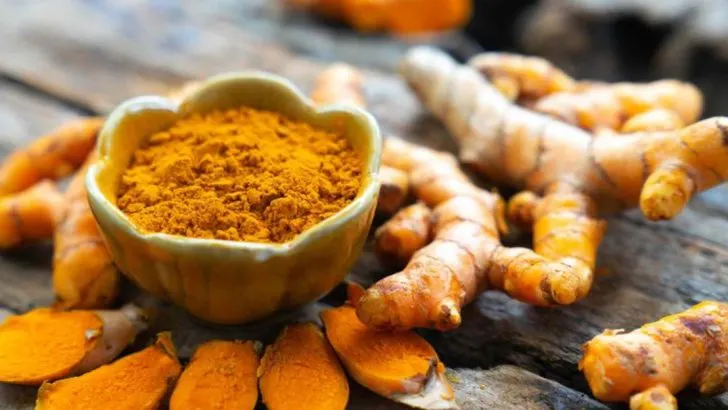For centuries, cultures around the world have relied on the healing power of plants to treat ailments, boost health, and promote wellness. These 21 rare medicinal plants have been treasured for their therapeutic properties, many of which have been passed down through generations.
From the potent roots of ginseng to the calming leaves of chamomile, these plants have played a crucial role in traditional medicine across diverse regions. Each one carries its own unique benefits, whether used to soothe pain, enhance digestion, or support the immune system.
Despite their historical use, many of these plants remain under the radar, waiting to be rediscovered for their remarkable healing abilities. If you’re fascinated by the intersection of nature and wellness, these rare medicinal plants offer a glimpse into the ancient remedies that continue to shape modern herbal practices today.
Turmeric
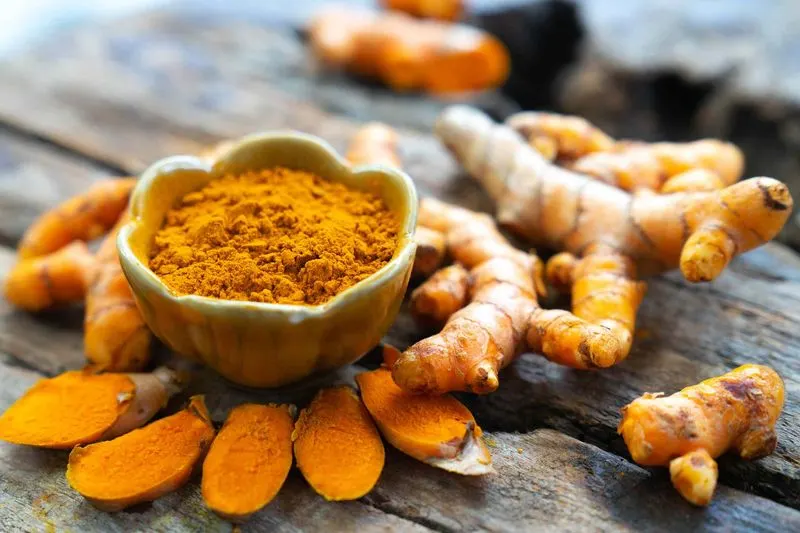
With its distinctive golden hue, turmeric is a cornerstone of Ayurvedic medicine. Known for its anti-inflammatory effects, it’s a popular choice for treating arthritis and digestive issues. Curcumin, the active compound in turmeric, is praised for its antioxidant properties. Whether added to dishes or taken as a supplement, turmeric offers a natural way to boost your health.
Aloe Vera

Aloe vera’s uses extend far beyond soothing sunburns. This succulent has been used medicinally for skin care and digestive health since ancient times. Known for its cooling and healing properties, aloe vera is a staple in many households. Its clear gel can be applied directly to the skin or consumed in juice form for various health benefits. The plant’s versatility is truly remarkable.
Ginkgo Biloba

Ginkgo biloba has been utilized for centuries to improve cognitive function and circulation. Originating from ancient China, it’s often used to enhance memory and concentration. The leaves of this unique tree are rich in antioxidants, which are believed to protect against age-related decline. Whether in tea or supplement form, ginkgo biloba remains a popular choice for mental acuity.
Lavender
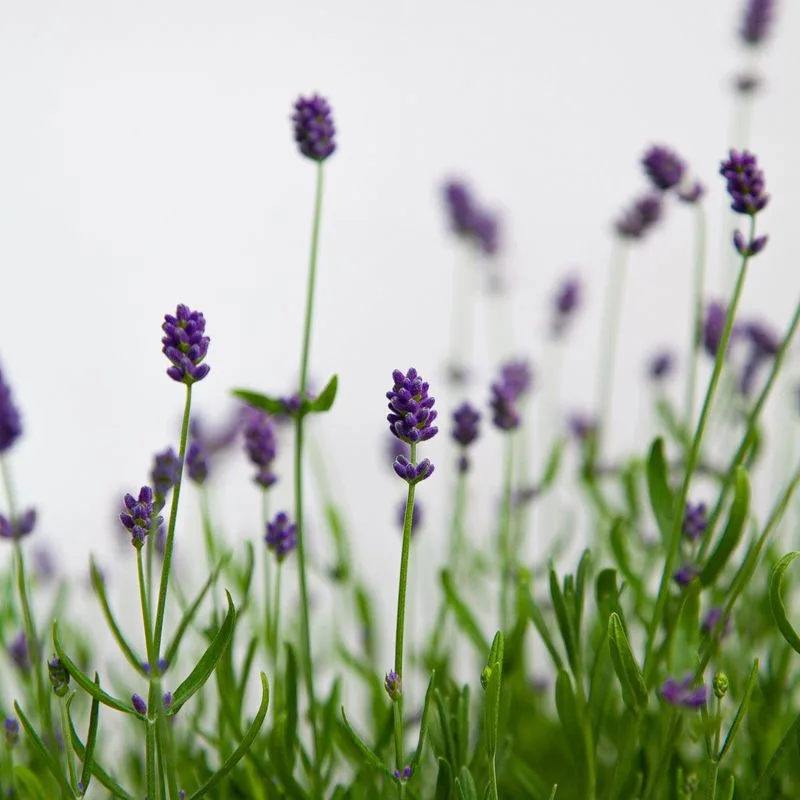
Lavender is more than just a fragrant flower; it’s a calming remedy. Known for its soothing scent, this plant is often used in aromatherapy to reduce stress and anxiety. Lavender essential oil is frequently applied to the skin for its calming properties. Beyond its aromatic allure, lavender helps promote restful sleep and overall relaxation.
Chamomile
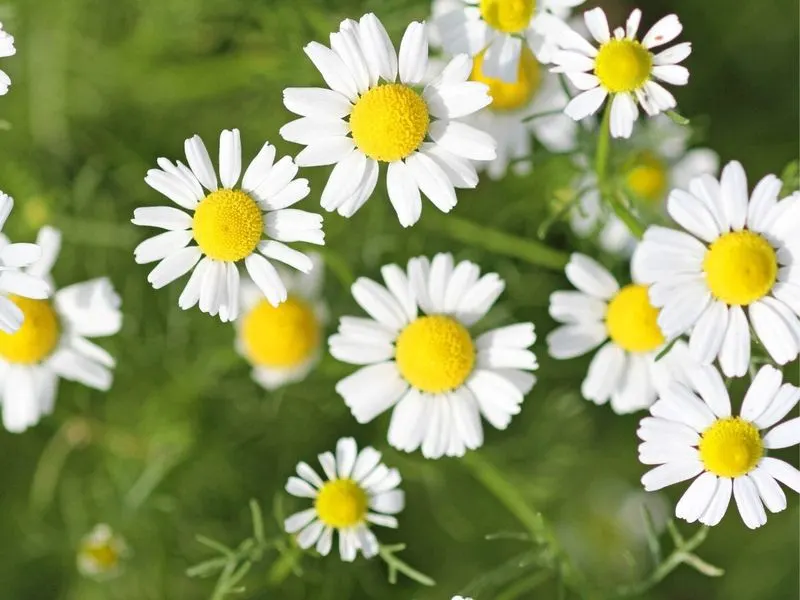
Famous for its gentle calming effects, chamomile tea is a beloved bedtime staple. Used since ancient Egypt, chamomile aids digestion and soothes the mind. Its delicate flowers are rich in antioxidants and anti-inflammatory compounds. Often consumed as a tea, chamomile remains a popular choice for promoting relaxation and digestive health.
Elderberry
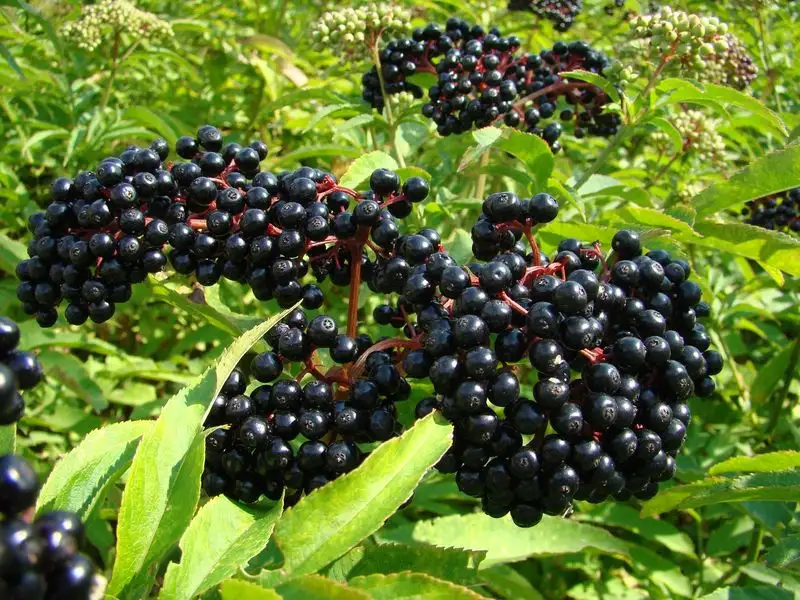
Elderberry has long been used in folk medicine to combat cold and flu symptoms. Rich in vitamins and antioxidants, it’s a powerhouse for immune support. Elderberry syrup is a common remedy during winter months. The berries, when properly prepared, offer a delicious way to bolster your health and fend off illness.
Sage
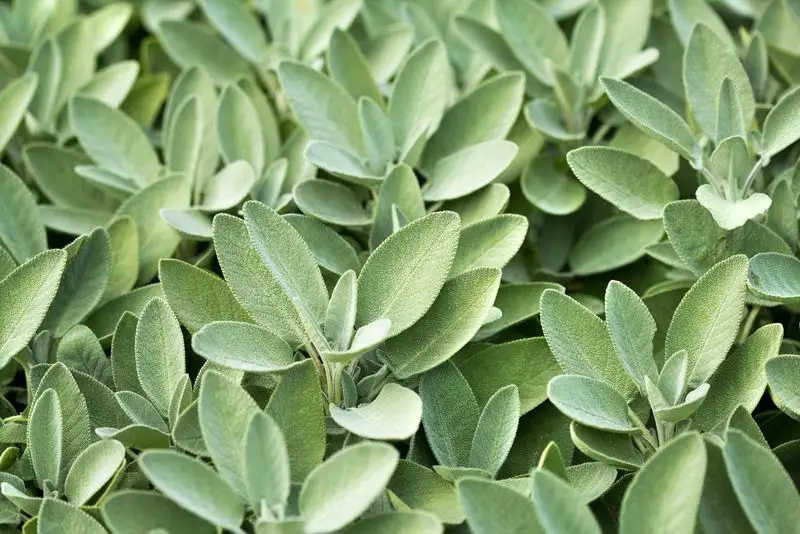
Sage is cherished for its antimicrobial properties and culinary uses. Historically, it has been used to support oral health and digestion. The herb’s robust aroma and earthy flavor enhance many dishes. In traditional medicine, sage is often used as a purifying agent, believed to cleanse both body and mind. Its multifaceted use is celebrated worldwide.
Peppermint
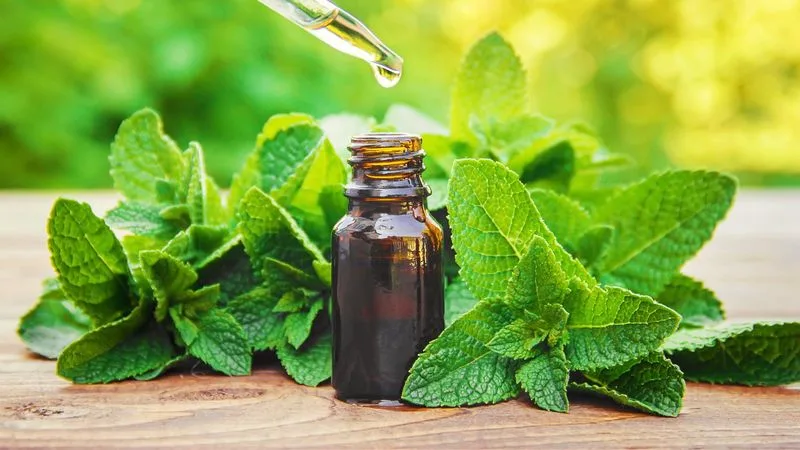
Known for its refreshing scent and flavor, peppermint is a versatile herb. Beyond culinary uses, it’s renowned for easing headaches and digestive issues. Peppermint tea and oils are popular remedies for nausea and tension relief. Its invigorating scent can uplift the spirit and promote mental clarity, making it a household staple.
St. John’s Wort
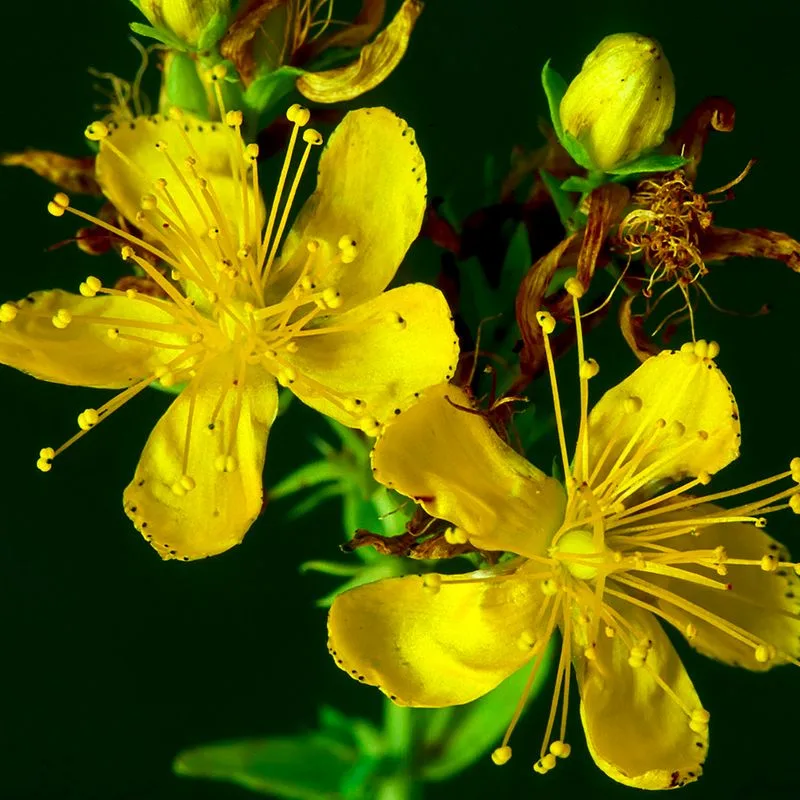
St. John’s Wort is often associated with mood improvement and depression relief. This vibrant yellow-flowered plant has been used medicinally for centuries. Its extracts are believed to balance mood and promote emotional well-being. While it offers potential benefits, it’s essential to consult with a healthcare provider due to possible interactions with medications.
Calendula

Calendula is treasured for its skin-healing properties. Often used in balms and creams, it soothes irritations and promotes healing. The bright orange petals contain compounds that reduce inflammation and speed up recovery. Calendula’s gentle nature makes it suitable for all skin types, offering a natural remedy for skin ailments.
Licorice Root
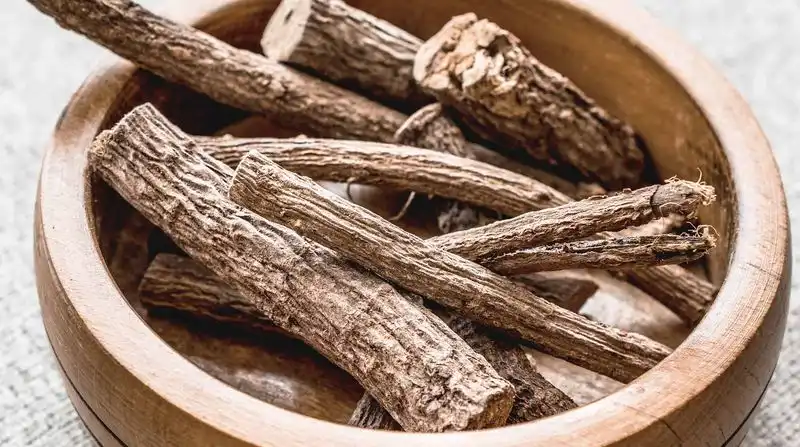
Licorice root has a long history in traditional medicine, particularly in Chinese and Ayurvedic practices. Known for its soothing effect on the stomach and respiratory tract, it’s often used in teas and lozenges. The naturally sweet flavor masks bitter tastes in herbal blends. While beneficial, moderation is key due to potential side effects.
Feverfew
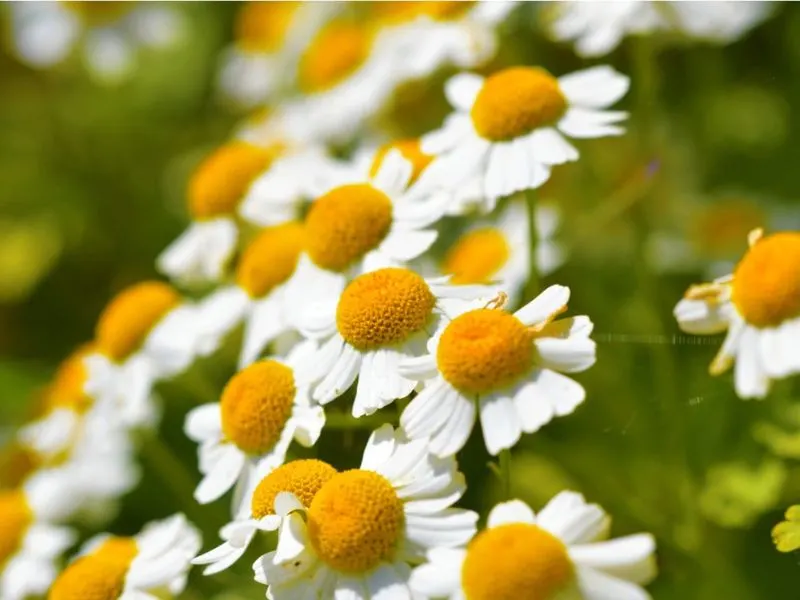
Primarily used to prevent migraines, feverfew is a staple in herbal medicine. Its small daisy-like flowers are a common sight in gardens. The plant contains compounds that reduce inflammation and alleviate headache symptoms. Regular use may prevent the onset of migraines, offering a natural alternative to pharmaceutical options.
Holy Basil
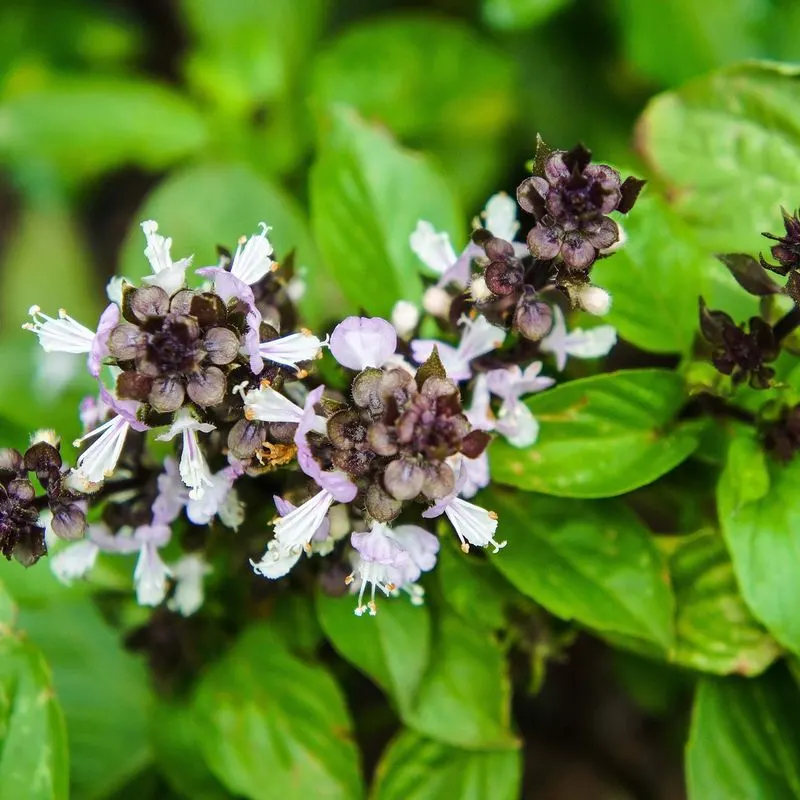
Holy basil, also known as tulsi, is revered in Ayurvedic medicine for its stress-reducing properties. This aromatic herb is believed to promote longevity and resilience. Consumed as a tea or supplement, holy basil supports the body’s response to stress and enhances overall well-being. Its sacred status in India highlights its cultural and medicinal significance.
Ginger
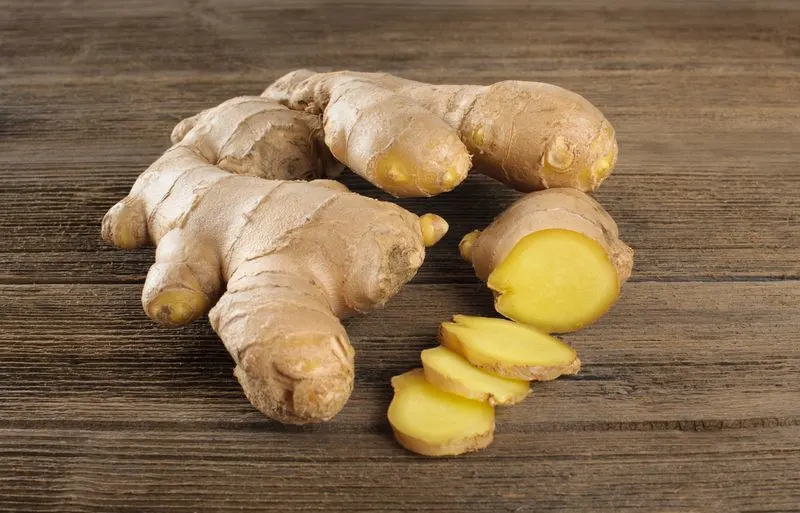
Ginger is universally loved for its warming, anti-nausea benefits. Used in culinary and medicinal contexts, it’s a powerful digestive aid. The spicy root contains gingerol, which helps reduce inflammation and boost immunity. Widely consumed in teas and culinary dishes, ginger’s therapeutic qualities are appreciated globally.
Milk Thistle
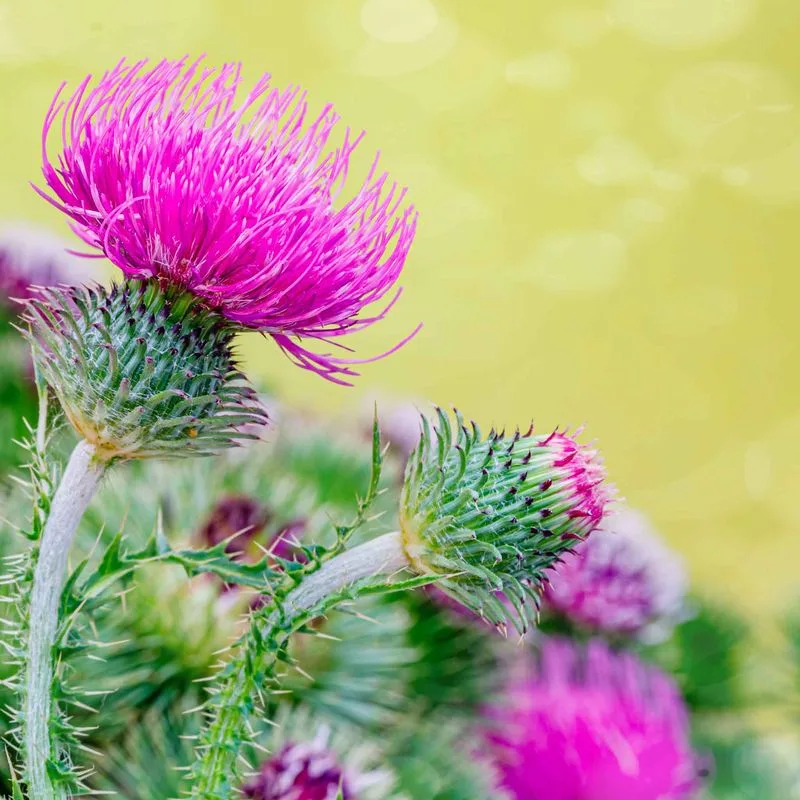
Milk thistle is renowned for liver support and detoxification. The seeds contain silymarin, an antioxidant believed to protect liver cells from toxins. Often used as a supplement, milk thistle supports liver function and promotes cleansing. Its protective properties make it a popular choice for those seeking to enhance liver health.
Burdock Root
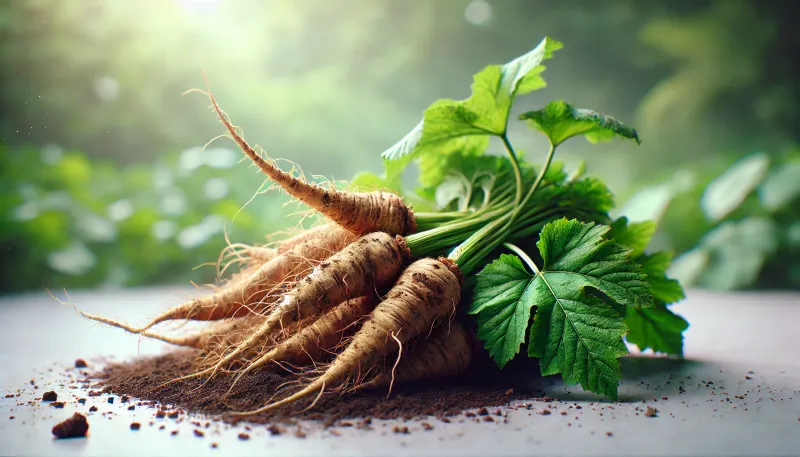
Burdock root is a traditional detoxifying herb, popular in both European and Asian medicine. Its roots are believed to purify the blood and support skin health. Often used in teas and tonics, it aids digestion and promotes a clear complexion. The plant’s detoxifying nature is valued for its holistic health benefits.
Valerian Root
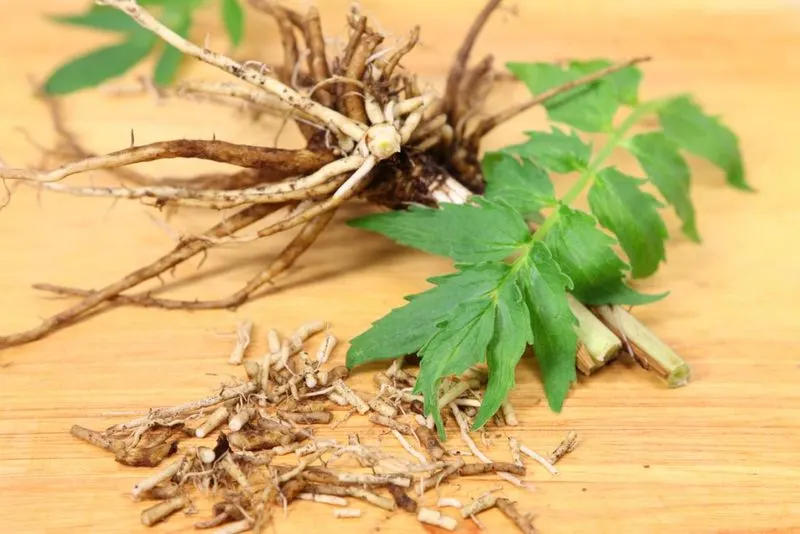
Valerian root is cherished for its calming effects on the nervous system. Often used to promote restful sleep, it’s a popular choice for those with insomnia. The root’s compounds interact with the brain to reduce anxiety and tension. Consumed as a tea or supplement, valerian root offers a natural way to support relaxation and sleep.
Ashwagandha
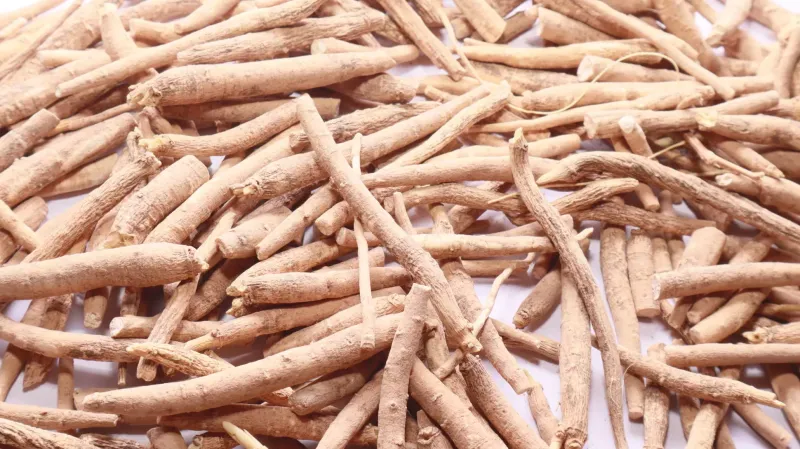
Ashwagandha is a powerhouse in Ayurvedic medicine, known for its stress-relieving properties. Often used as an adaptogen, it supports the body’s ability to handle stress. Its roots are believed to boost energy and improve concentration. Consumed in powder or capsule form, ashwagandha fosters resilience and vitality.
Yarrow
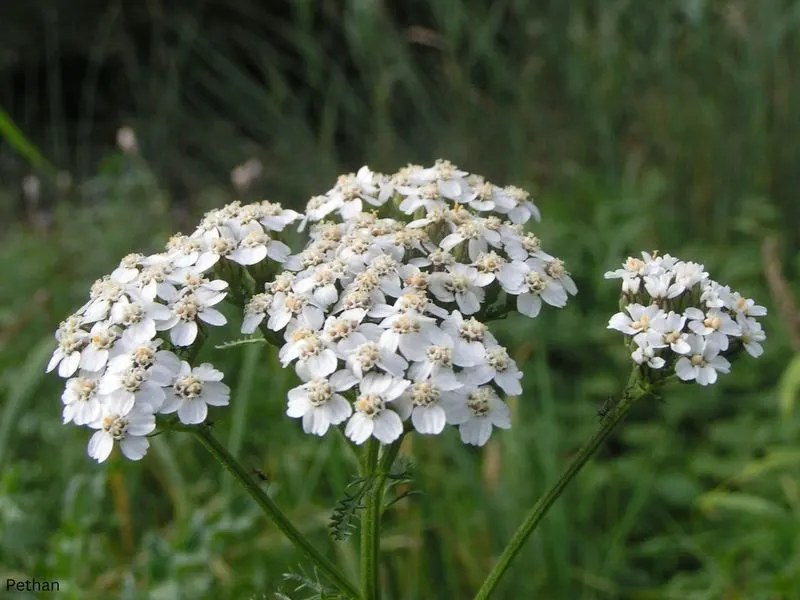
Yarrow is famed for its wound-healing and anti-inflammatory properties. Its use dates back to ancient times when it was applied to wounds to halt bleeding. The plant contains compounds that promote circulation and reduce inflammation. Whether used in teas or topical applications, yarrow remains a timeless remedy for various ailments.
Ghost Pipe (Monotropa uniflora)
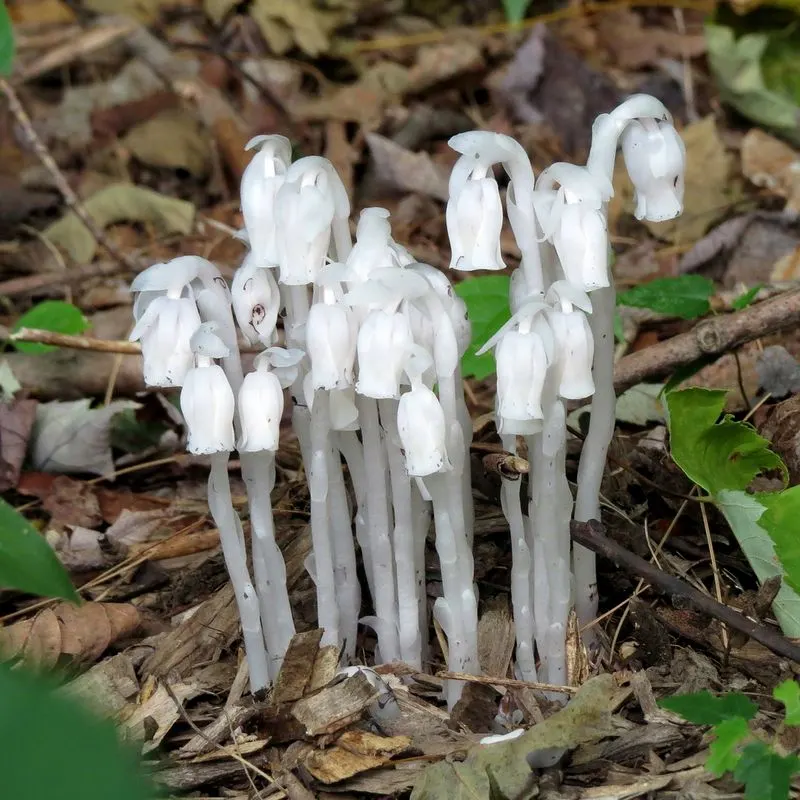
Ghost Pipe, known scientifically as Monotropa uniflora, is a peculiar plant with an ethereal appearance. Unlike most plants, it lacks chlorophyll, giving it a ghostly white hue. This plant thrives in dark, forested areas, subsisting symbiotically with fungi. Historically, Ghost Pipe was used by Native American tribes as an analgesic.
Today, it captures attention for its soothing properties, especially for nerve pain and emotional distress. Although rare, its unique mode of growth and healing capabilities make it a plant of intrigue. Its delicate appearance belies a strong capacity for comfort and relief.
Dragon’s Blood (Dracaena cinnabari)
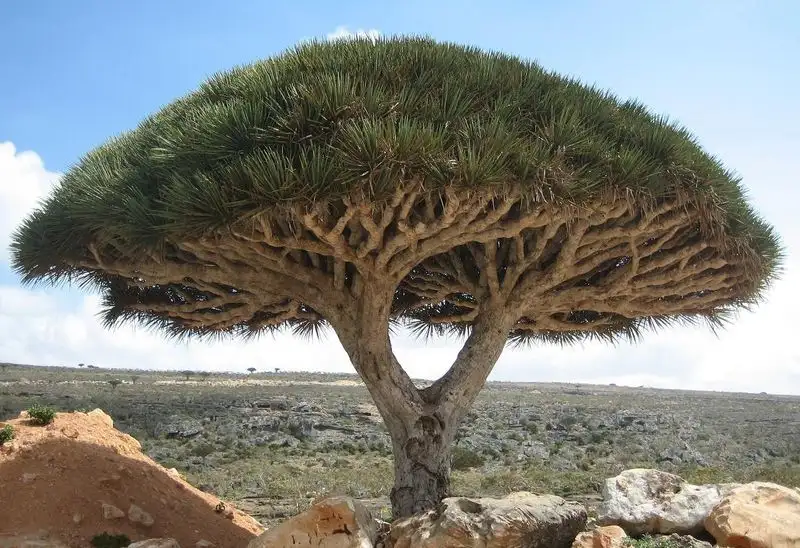
Dragon’s Blood, derived from the Dracaena cinnabari tree, is a vibrant red resin famed for its versatile uses. Found primarily on the island of Socotra, this resin has been employed since ancient times. The mythical name arises from its blood-red color and legendary associations.
Traditionally used for wound healing, it also serves as an anti-inflammatory and a protective varnish. The resin’s exotic origin adds to its allure, captivating both healers and artisans. Its applications range from medicinal balms to incense, making it a multifaceted remedy cherished across cultures.

